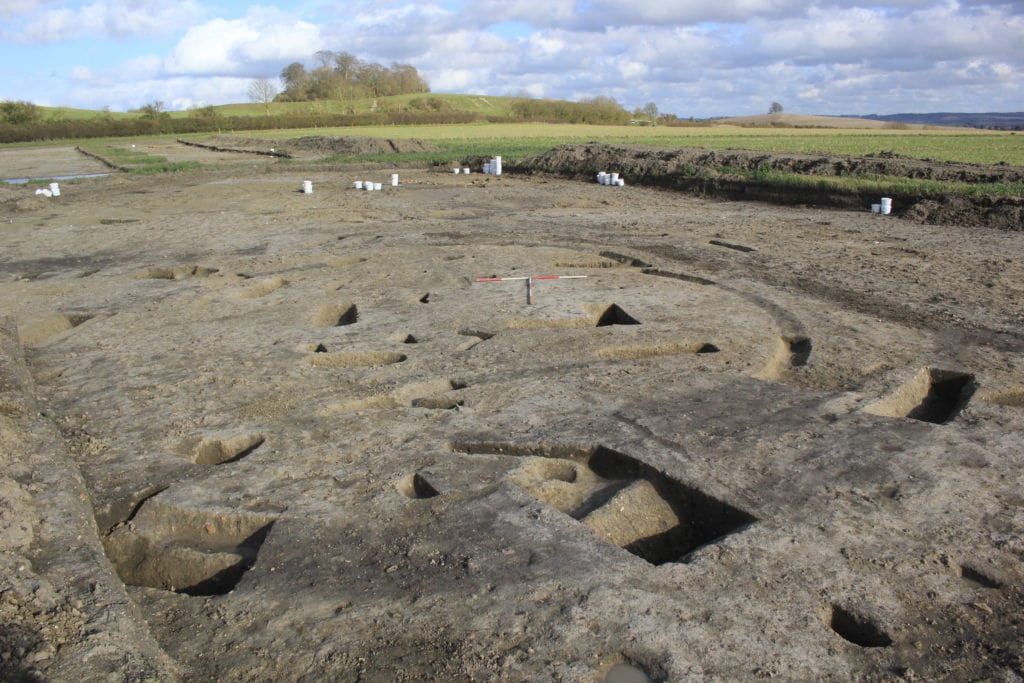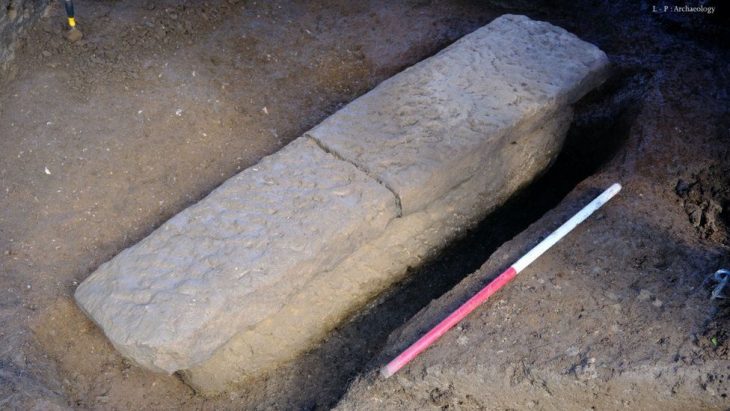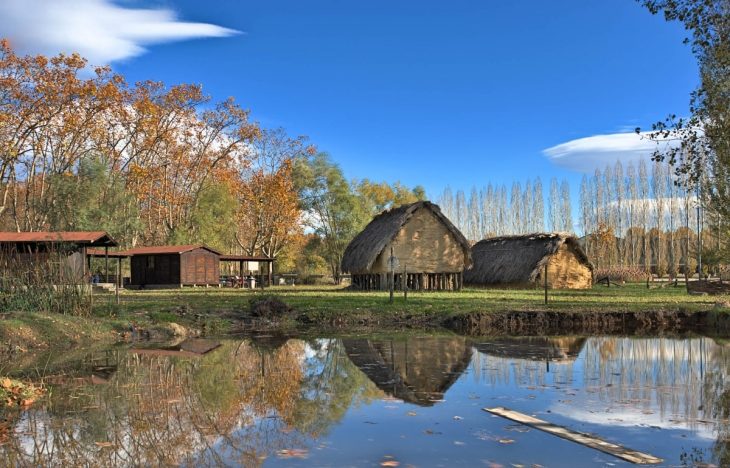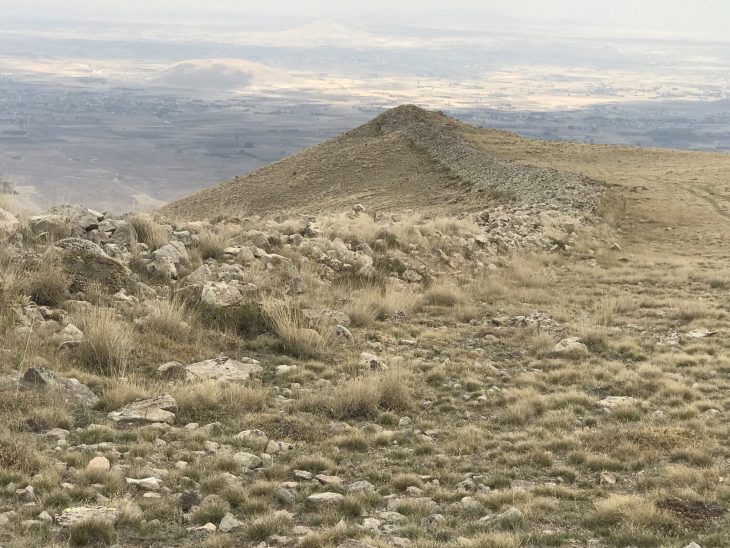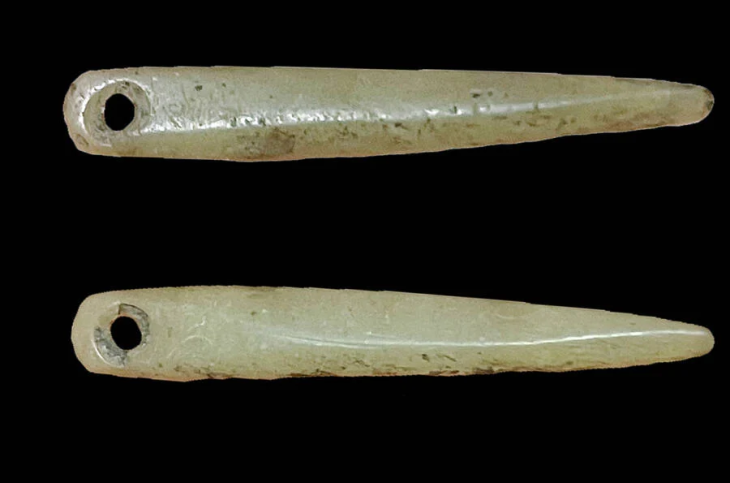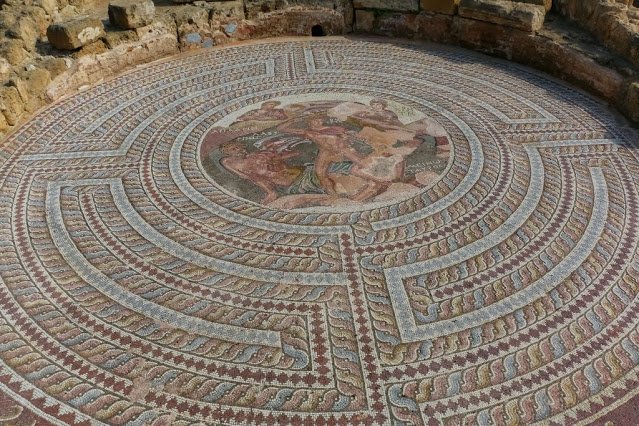Archaeologists have uncovered a “master blacksmith’s” Iron Age workshop in South Oxfordshire, a local government center in the ceremonial county of Oxfordshire, England, complete with bellow protectors, forging equipment, and small metal pieces created by forging red-hot iron.
The finds date to the beginning of ironworking in Britain and were made by archaeologists from DigVentures during excavations at Earth Trust’s headquarters, near Abingdon.
Downslope from the iconic Wittenham Clumps, the dig revealed a smithy containing artifacts like pieces of hearth lining, hammerscale, iron bar, and the exceptionally rare discovery of an intact tuyere – evidence of a large ironworking operation.
Radiocarbon dating suggests it was likely active between 770 and 515 B.C.E., near the beginning of Britain’s Iron Age.
“This is a rare glimpse of a master craftsperson at work from such a pivotal point in time—the arrival of ironworking in Britain,” says DigVentures archaeologist Maiya Pina-Dacier.

The site’s discoveries include the footprint of the blacksmith building and its internal structures, which revealed evidence of a specialized hearth and iron bar used for crafting artifacts. In addition, an intact tuyere was unearthed, which served to channel air into the hearth while safeguarding the bellows from the intense heat of the flames.
Nat Jackson, the site director of DigVentures, said of the latest finds to The Guardian: “The range of evidence is remarkable. We’ve got almost every component of the blacksmith’s workshop … The only thing we haven’t found is the tools. It’s an incredible thrill to uncover something like this. It basically allows us to peer back in time and see what could have been one of Britain’s earliest master blacksmiths at work.”
Beginning in about 800 B.C.E. with the arrival of ironworking methods from southern Europe, Britain’s Iron Age lasted until roughly 43 C.E.
Gerry McDonnell, the archaeometallurgical specialist who examined the finds, said the intact tuyere – was one of the few known examples of its kind in Europe.
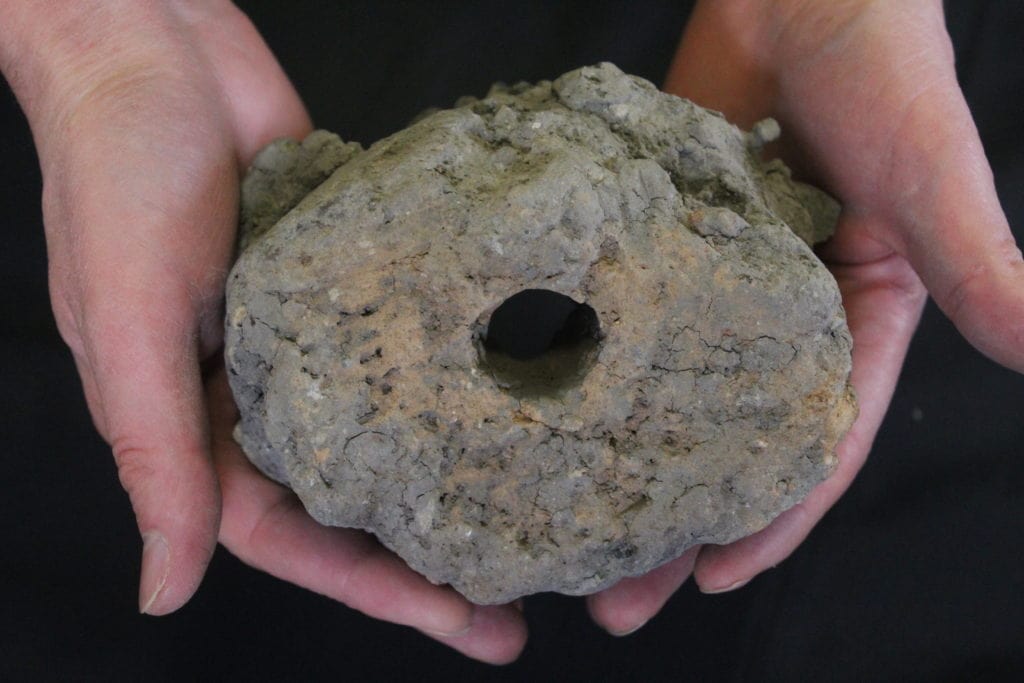
“The fact that it dates not just to the Iron Age, but to the first few centuries of ironworking in Britain, is remarkable. What’s more, the size of it suggests we’re looking at a hearth that was much larger and more specialized than that of your average village smithy. The fact that this early Iron Age blacksmith had a specialist tuyere shows us this was much more likely to have been a serious operation by a highly-skilled, elite, or master blacksmith,” he said to the BBC.
The smithy isn’t the first significant find unearthed at Wittenham Clumps. Other Iron Age buildings—a cluster of roundhouses and a pantry—have been found at the site, as well as a Roman villa containing the remains of a tiny pet dog.
“We’re thrilled whenever discoveries at Wittenham Clumps shine a light on the deep history of human activity in this area,” said Anna Wilson, Head of Experience and Engagement, Earth Trust.
Artifacts from the blacksmith’s workshop will go on display at Earth Trust’s visitor center in the nearby town of Abingdon during its Archaeology Festival of Discovery in February.
Cover Photo of the site of the smithy discovered at Wittenham Clumps. DigVentures

